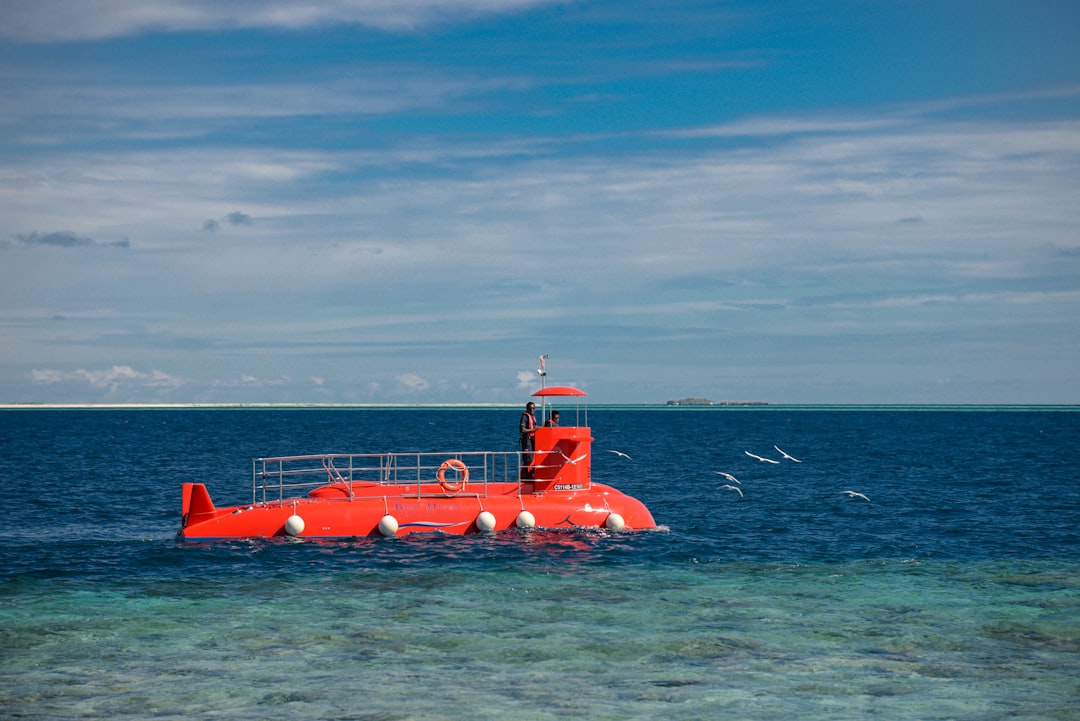What is it about?
This study focuses on how changes in air pressure at different altitudes affect engine performance and emissions, specifically looking at exhaust aftertreatment systems (ATS). New regulations now consider altitude in testing, requiring a balance between engine performance and emissions as altitude increases. The study found that active regeneration strategies for particulate filters need optimization at high altitudes. At high altitudes, soot oxidation rate decreased, and active regeneration became less efficient. The study analyzed experimental and modeling data to identify the causes of this decrease, highlighting the importance of Variable Geometry Turbocharger (VGT) actuation. VGT adjustment helped maintain engine performance and emissions even at high altitudes. In conclusion, optimizing VGT control strategies can improve active regeneration processes in high-altitude operations, ensuring both engine performance and emissions meet standards.
Featured Image

Photo by Tim Trad on Unsplash
Why is it important?
This work addresses a critical issue related to engine performance and emissions. When vehicles go to higher altitudes, the air pressure changes, and this negatively affects how engines work and how well they control emissions. Reducing emissions and enhancing engine efficiency at altitude has profound social impacts, including improved public health by lowering the risk of respiratory and cardiovascular diseases linked to air pollutants. It also contributes significantly to environmental conservation, protecting ecosystems in sensitive mountainous areas and mitigating climate change through reduced greenhouse gas emissions. Economically, it leads to fuel savings and stimulates innovation in green technology, while ensuring compliance with global environmental standards. Additionally, it enhances the quality of life and supports the tourism industry in mountainous regions by preserving their natural beauty. This holistic approach to reducing emissions and improving engine efficiency thus plays a vital role in promoting sustainable development and a healthier society.
Perspectives
This research is crucial as it addresses the negative effects of altitude on engine performance and emissions. With stricter emissions standards, understanding and mitigating these effects are essential. The study highlights the importance of optimizing Variable Geometry Turbocharger (VGT) control strategies during active Diesel Particulate Filter (DPF) regeneration at high altitudes. By adapting VGT control, the research demonstrates improved engine performance, reduced emissions, and cleaner air, vital for meeting environmental goals and ensuring efficient automotive technology in altitude driving scenarios.
Dr. Enrique José Sanchis
Universitat Politecnica de Valencia
This study explores the intricate link between engine performance, emissions, and altitude changes, aligning with forward-thinking testing regulations. Addressing the challenge of optimizing particulate filter regeneration at high altitudes, it acknowledges real-world implications and offers practical solutions, notably Variable Geometry Turbocharger (VGT) actuation. Beyond technical advancements, the study significantly contributes to public health by reducing altitude emissions related to respiratory and cardiovascular risks. It also champions environmental conservation, recognizing the need to protect ecosystems and mitigate climate change through reduced emissions. Economically, the study promotes fuel savings, green technology innovation, and aligns with global sustainability trends. It positions the automotive sector as an agent of positive change, meeting economic and environmental goals with affordable technologies while supporting compliance with global environmental standards. Overall, addressing emission control with a holistic approach fosters sustainable development, contributing to a cleaner, more efficient, and socially responsible future.
Prof. Pedro Piqueras
Universitat Politecnica de Valencia
Read the Original
This page is a summary of: Fuel efficiency optimisation based on boosting control of the particulate filter active regeneration at high driving altitude, Fuel, July 2022, Elsevier,
DOI: 10.1016/j.fuel.2022.123734.
You can read the full text:
Resources
Contributors
The following have contributed to this page










